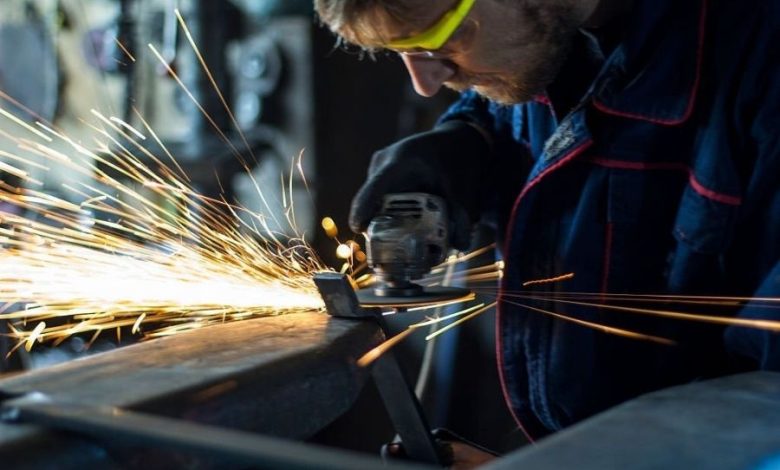Metal fabrication- Fabricating parts that last beyond imagination!

Metal fabrication is the process that has been widely used worldwide to manufacture sheet metals and other parts of flat metals to transform them into desired types of components. To begin the process, one needs a sheet of metal of around a quarter inch thickness or lesser than that. A metal sheet can easily mold into shapes because the metals are pliable objects and can quickly transform into various forms according to the requirement. This kind of process consists of metal fabricators that are required to work over metal sheets in order to mold them into specific types of shapes. It involves a series of processes in cutting, stamping, folding, welding, etc. A process that is somewhat similar to this process is the process of custom fabrication, creating new custom castings parts using new combinations. There are various other parts that might be required to be added to the process.
- Plate metal
- Expanded metal
- Formed metal
- Wire for welding
- Hardware
- Fittings
- Castings
On the other hand, the methods may vary according to the demand and requirement, as well as the types of parts that must be employ. However, the parts collect and change into various shapes and structures that can use in everyday life to start the process.
Types of Metal Fabrication Processes
Metal fabrication involves several different processes. The amount of matter mixed to make a piece of choice, on the other hand, can vary depending on the proportions of the part that needs to be built. Among the various types of processes, some are:
Cutting:
Cutting is an essential process that involves in metal fabrication. It is often complete through laser cutting, shearing, sawing, flame-cutting, or waterjet cutting. This step needs to cut the sheet into the required shape and size.
Casting:
This is the process in which a die is required to form a mold. The fabricator pours molten form of metal into the die. As soon as the metal cools down and becomes solid, the part removes from the die.
Forging:
In this process, high-pressure machinery needs to compress the raw material. This allows the fabricator to bend and shape the fabric according to the requirement.
Punching:
In this type of metal fabrication, turrets are used to punch the predesigned patterns over the metal either for utilization or decoration.
Drawing:
A tensile force uses to pull liquid metal into a tapered die in this process.
Milling
A milling machine is using in order to bore holes into the metal. They can be circular or non-circular according to the nature of the machine.
Drilling:
Circular bits are helpful to cut and drill holes into the metals in this process.
Turning:
In this process, a piece of metal goes under a spinning platform. This allows a technician to cut it radially with a tool as it rotates.
Extrusion:
In this process, a ram use to force a bullet through a die. Thus, it is helpful in forming cylindrical parts. Such as pipes or wires.
How do we fabricate different metals?
Different kinds of metals and their alloys create a wide range of metal fabricated products. However, most of the applications require a fabrication process to start with the metal sheet. Certain types of metals often begin in tubes, bars, or pipes. Some of the common types of metals that are using in the process of metal fabrications are:
- Aluminum
- Steel
- Copper
- Tin
- Gold
- Magnesium
- Iron
- Silver
- Nickel
Almost all of these metals can undergo a variety of processes that are required for the process of metal fabrication. However, there are certain types of restrictions depending on the nature of the material. Thus, the material is used according to requirements.
Performing Metal Parts Services
For the Metal fabrication parts services, certain things are required to keep in mind that the quality and the prices are the priorities of the specific company performing the service of the metal parts. Servicing these parts is an essential requirement because the machinery of the application used in these parts requires proper maintenance and working. To prevent the hindrances in the processes and to avoid the barrier in the process of production,
Metal parts ought to be serviced by highly qualified professionals with extensive experience in their industry. And the ones that assure to provide the best quality services at the best possible prices with the use of high-quality equipment. As a part of machinery or the product, the part Is being used depends upon the performance of every part of it.
See Related:



